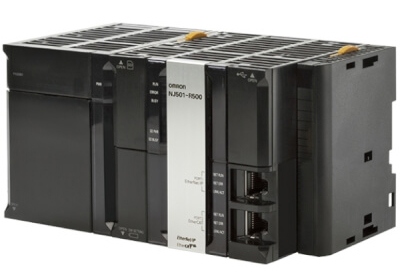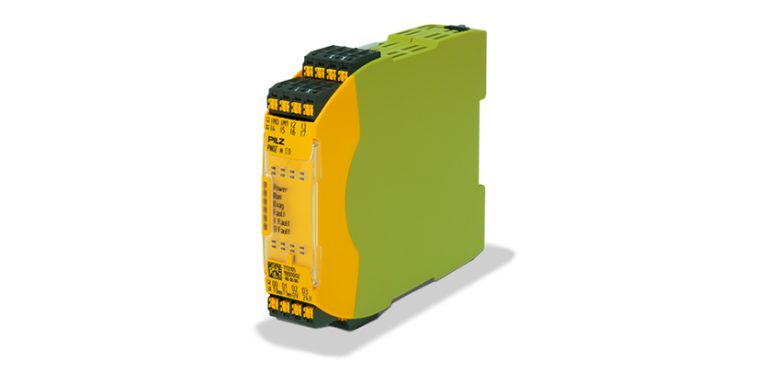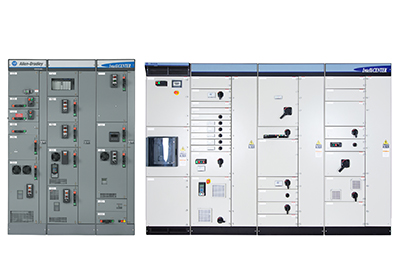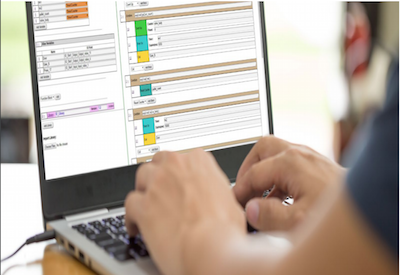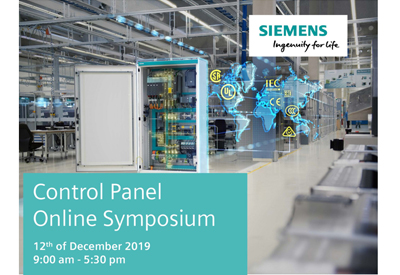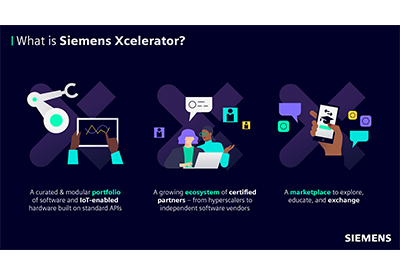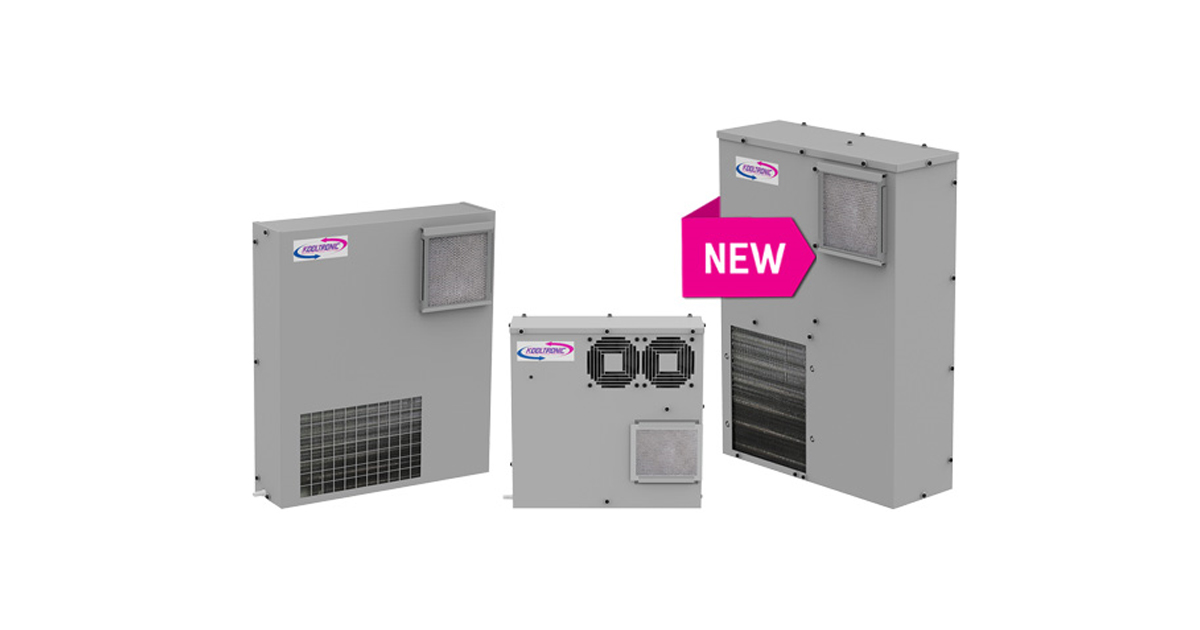New generation of machine-level block I/O devices with IP65/67 protection
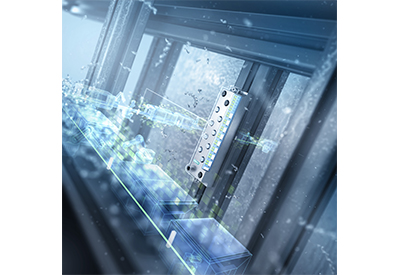
January 20, 2020
Siemens has launched a new generation of machine-level block I/O devices in the form of the Simatic ET 200eco PN. The new I/O family with IP65/67 degree of protection includes five digital I/O devices as well as an IO-Link master device and offers users a whole range of new functions for modern machine concepts and requirements. In their new industrial metal enclosure, the devices are reliably protected from UV radiation and harmful substances even under adverse environmental conditions, making it possible to use the devices outside of factory buildings. The devices are supplied with power via an L-coded plug, resulting in a considerably higher current-carrying capacity. In turn, this enables longer cable routes in the field, and the supply and connection of more energy-intensive components (such as valve terminals) without the need for more supply cables.
The new I/O devices feature individually configurable M12 sockets and support S2 redundancy, making them suitable for use in redundant systems such as the high-availability Simatic S7-1500R/H systems, for example in tunnel applications. Thanks to the internal Modular Shared Input (MSI) and Modular Shared Output (MSO), the user has simultaneous and independent read access to the current switching state of module inputs and outputs from multiple controllers, without the need for additional programming overhead. This enhances machine and plant transparency.
The shared device function means that the I/O device channels can be split between two IO controllers. This allows the creation of flexible automation concepts.
Background information:
Concepts for new machinery and plants are becoming increasingly distributed. Control cabinets are getting smaller, or even disappearing completely, and I/O systems which used to be deployed in the control cabinet are being replaced with smaller, rugged versions in IP65/67 with complete protection from dust and water. It is now possible to design smaller machines, as the devices can be mounted almost anywhere on the machine, saving space and costs. This also helps to significantly reduce cabling distances between I/O devices and sensors/actuators, not only cutting material costs, but also making machine transport, installation, and disassembly easier and reducing the likelihood of cabling errors.
![]()

